“What are you doooooing?” my toddler yelled as she crashed into the backs of my legs. She dragged out the vowel, making the question sound even more irritating.
I stood at the sink. “I’m washing dishes,” I replied.
Just two minutes earlier, she’d been completely absorbed in her play farm in the living room when I slipped away to catch up on some chores. But the second she realized no one was casually watching her anymore, she darted out to bother me.
My answer seemed to satisfy her for the moment, and she scampered back to the living room. Her toy farm broke into a round of Old MacDonald while I finished rinsing the pan I’d been scrubbing.
I had just grabbed the next mug to wash when she reappeared. “Now what are you doing?!”
“Still washing dishes, kiddo.”
She shot off on a lap around the apartment — out the other kitchen door, down the hallway, through the living room, and back into the kitchen again — a ten-second loop if she’s really flying. “What are you doing now?!” she demanded once she returned.
That’s when I realized I had to switch tactics, something along the lines of the “kill ’em with kindness” approach — overwhelm her with details. “Well, right now I’m washing my coffee mug because I dirtied it this morning. First, I’m going to scrub it with this soapy sponge. Then I’ll rinse it. After that, I’ll grab Daddy’s cup and wash his too. That way, everything will be clean and ready for us when we have coffee tomorrow morning.”
“Hnph.” She wrinkled her nose, and I paused to watch her reaction—was she overwhelmed, quietly absorbing, or already bored? She didn’t seem unsettled so much as expectant, waiting for the next step. So, I carried on.
And so did she: “What are you doing now?” she pressed.
“Now I’m rinsing,” I explained. “That just means pouring clean water over it. I already finished the soapy part.”
I braced for the inevitable follow-up—another “What are you doing?”—but instead, she surprised me. “Me can help!” she declared, tugging her toddler tower across the room with determined effort.
I tapped my chin, considered it for a moment, and then smiled. “Alright,” I agreed, helping her slide the tower into place beside me at the sink. “Maybe you can take over rinsing for me.”
It wasn’t the most seamless arrangement—some dishes had to be rewashed, and plenty of water ended up on the floor—but it kept her engaged.
That’s when it clicked: she hadn’t been trying to irritate me at all. She was simply lonely, curious, and eager to understand. At her age, she’s starting from scratch; she truly had no idea what I was doing or why.
And so I discovered that over-explaining was a win-win. She gains a clearer picture of the world unfolding around her, and I sidestep the endless cycle of “what?” and “why?”
I made a mental note to start answering her questions as fully as I could. It wasn’t just that she wanted to know why I was washing dishes—what she really wanted to understand was why I couldn’t play with her in that moment. Giving her more information not only satisfied her curiosity but even inspired her to help me get the job done faster… though that part may have backfired a little. Still, it no longer mattered. She didn’t need me to sit and play with her farm; she just needed me to be with her. And if that meant “playing” dishes, then dishes counted.
Of course, her questions stretch far beyond the kitchen. On our walks outside, she turns everything into a word-identification game. She’ll pick up an acorn and ask, “What’s this?”—and I’ll answer—but then her finger will land on some prickly little seed pod I can’t even begin to name.
“I don’t know,” I confessed—for what must have been the fiftieth time. But those words were starting to feel hollow, a kind of cop-out that left us both unsatisfied. So I pulled out my phone and did a quick search. “You know, I was curious about that too,” I told her. “Looks like it comes from a sweetgum tree.” I held up the image, then pointed to the matching tree nearby.
These days, some of her steady “What’s that?” questions are followed by, “Can we look it up?” And while part of me wonders if I’ve created a monster, the truth is, I’m just as captivated by everything we’re discovering together.
We spotted a strange little bug crawling along the side of our house. She’s in a phase where most bugs are deemed “scary,” but I try to nurture her curiosity, hoping that the more she understands her surroundings, the less fearful they’ll feel. (I just crossed my fingers this one didn’t sting.) I snapped a photo and let my phone do the identifying—and was surprised to learn it was a ladybug larva.
Honestly, I think I was more thrilled than she was. “It’s a ladybug before it turns into a ladybug! Kind of like a ladybug baby,” I explained, connecting it back to one of her favorite stories, The Very Hungry Caterpillar. “This bug will grow into a ladybug, just like the caterpillar became a butterfly.”
To my surprise, she was more impressed than I’d imagined. “Whoa ho ho!” she shouted with a wide grin. “We like ladybugs!” And for once, she didn’t scream when the tiny creature crept a little closer.
That evening, she proudly chose pajamas patterned with ladybugs and grasshoppers. “We saw a ladybug baby!” she announced to her dad, recounting the day’s adventure with excitement.
I was grateful I’d taken the time to answer what at first seemed like a small, almost trivial question. In the end, we both discovered something new and wonderful.
So I’ll keep answering her endless stream of toddler questions as best I can.
Because with each answer, her world becomes a little less scary, a little less dull, and a lot less lonely. And, as it turns out, mine becomes a whole lot more fascinating, too.
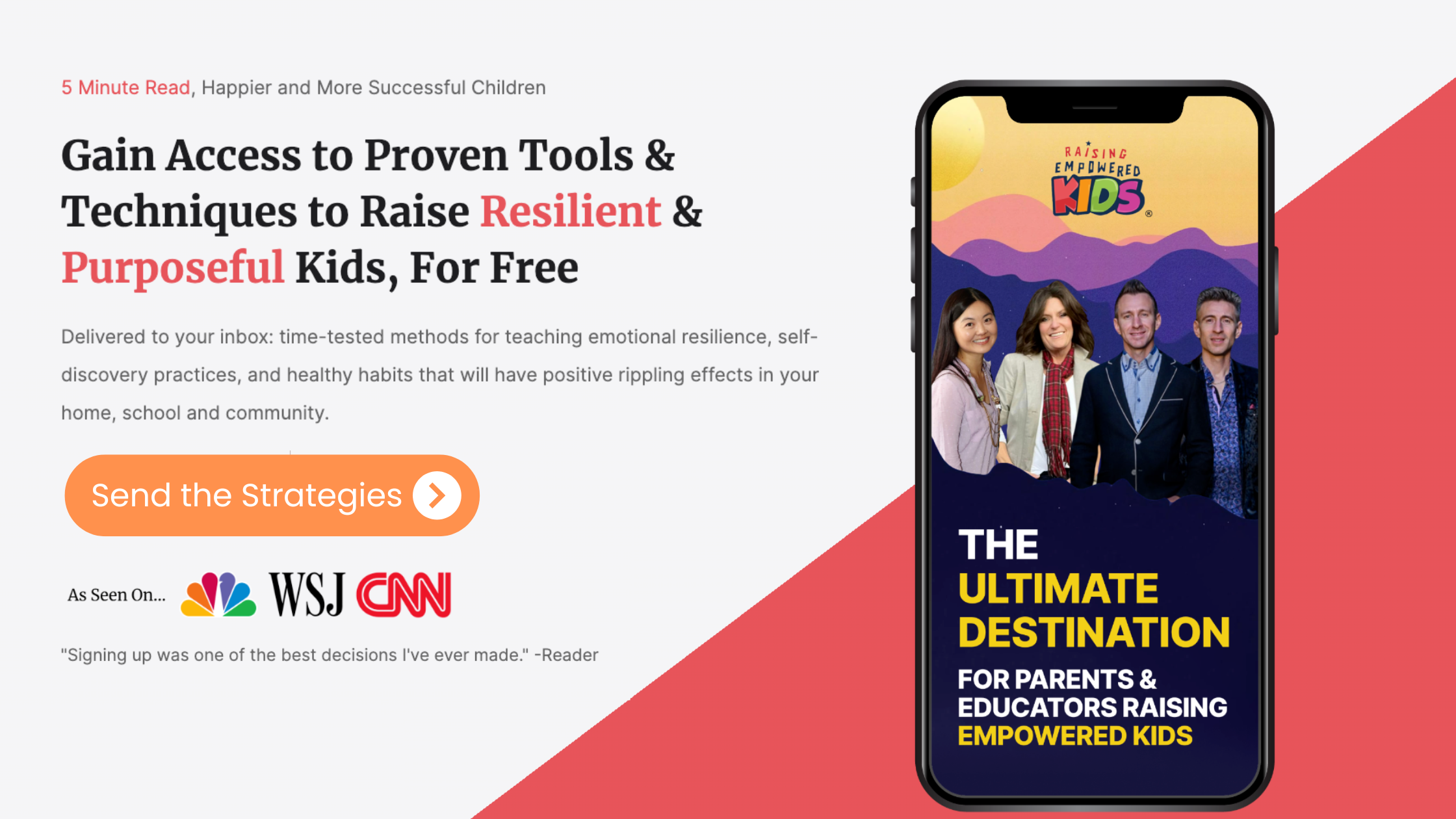
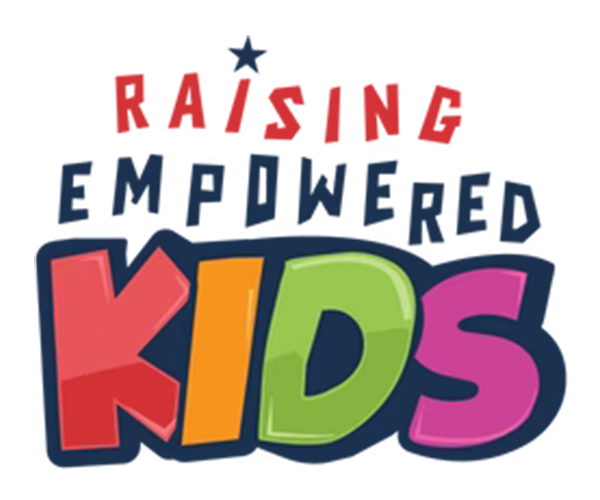
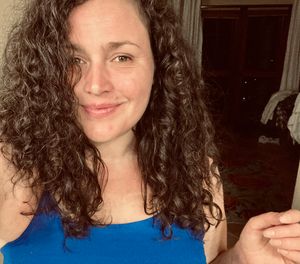
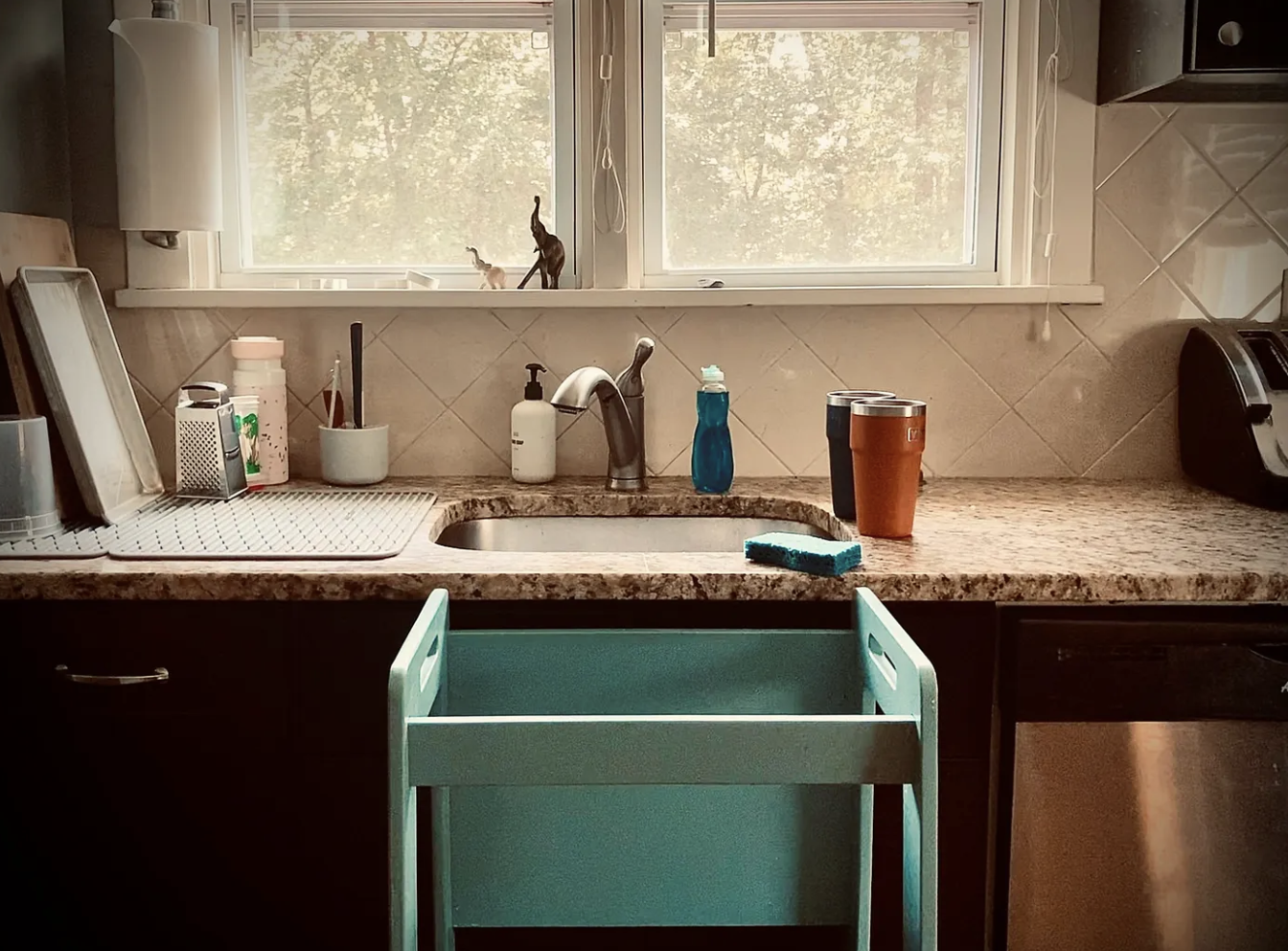



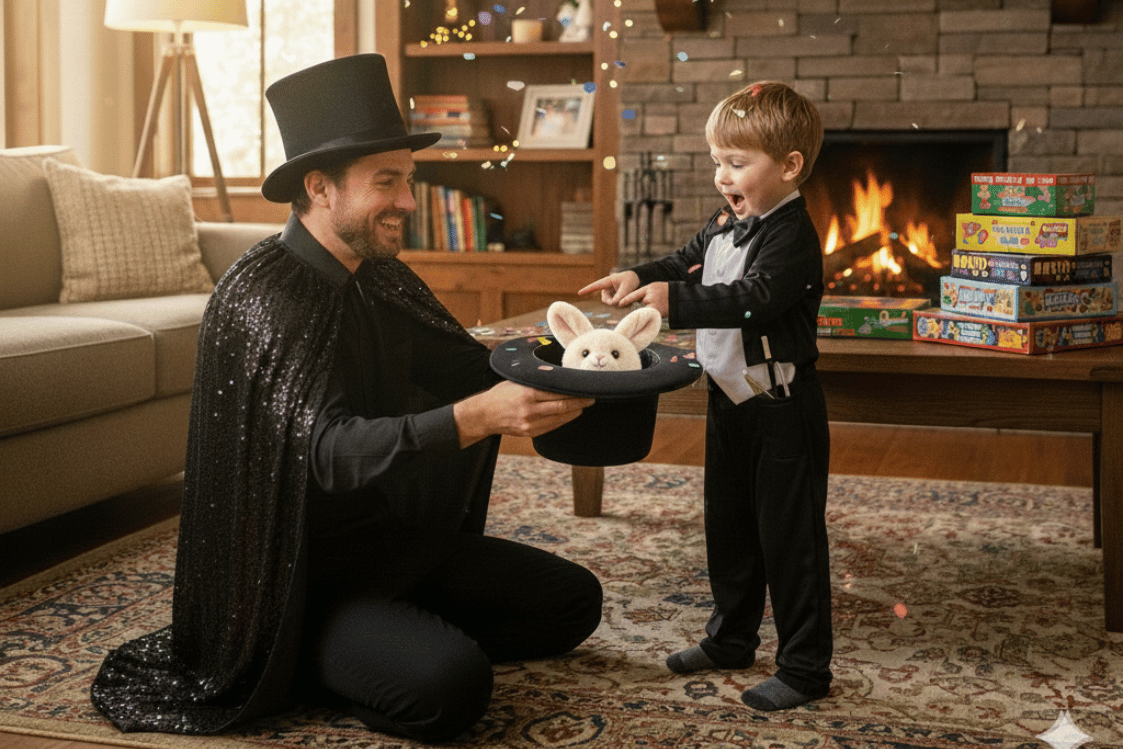

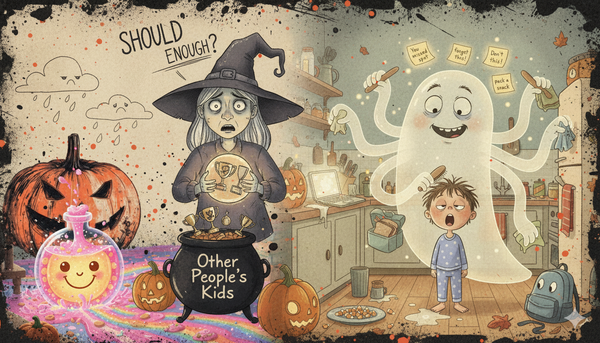


Member discussion